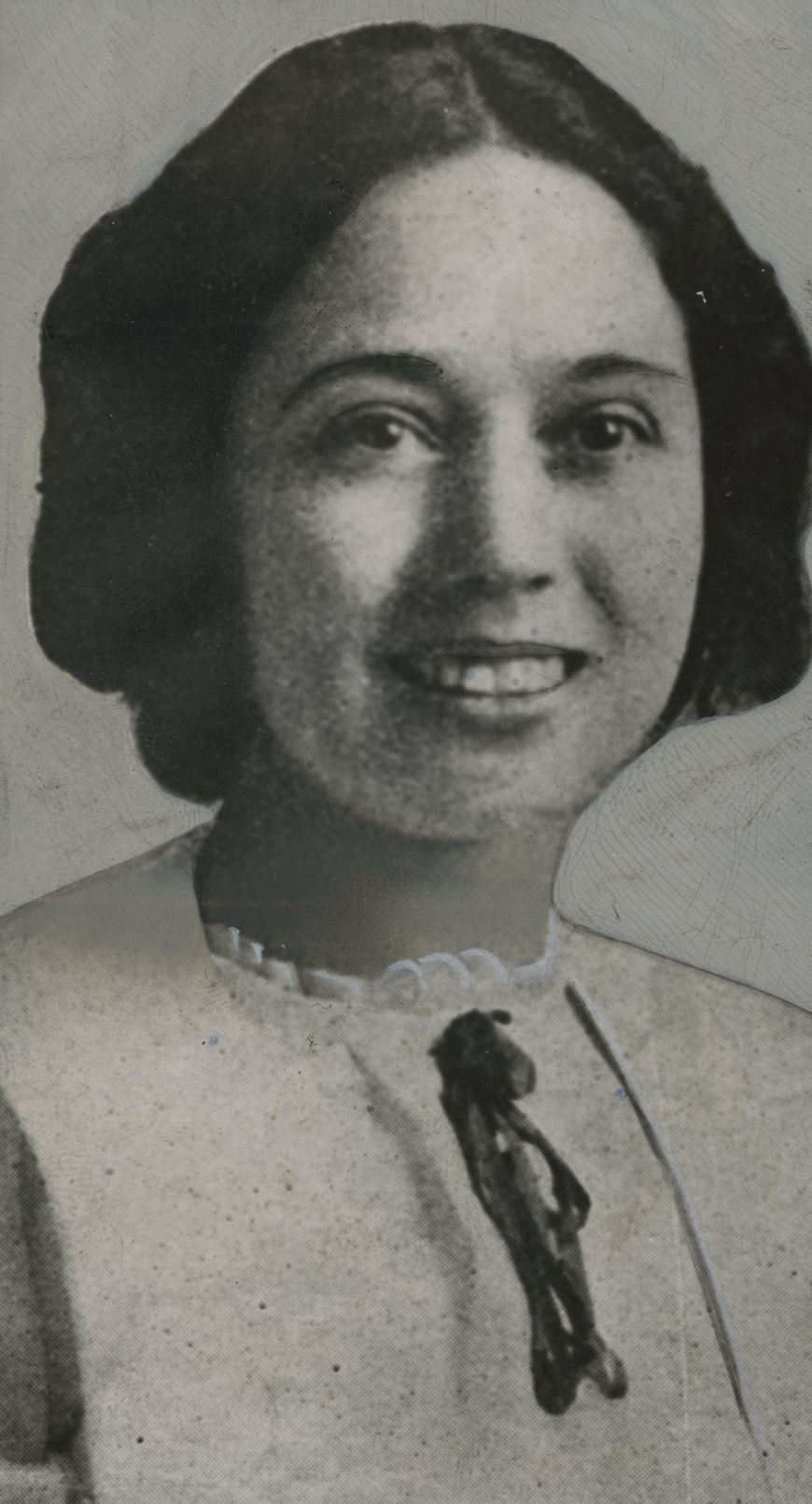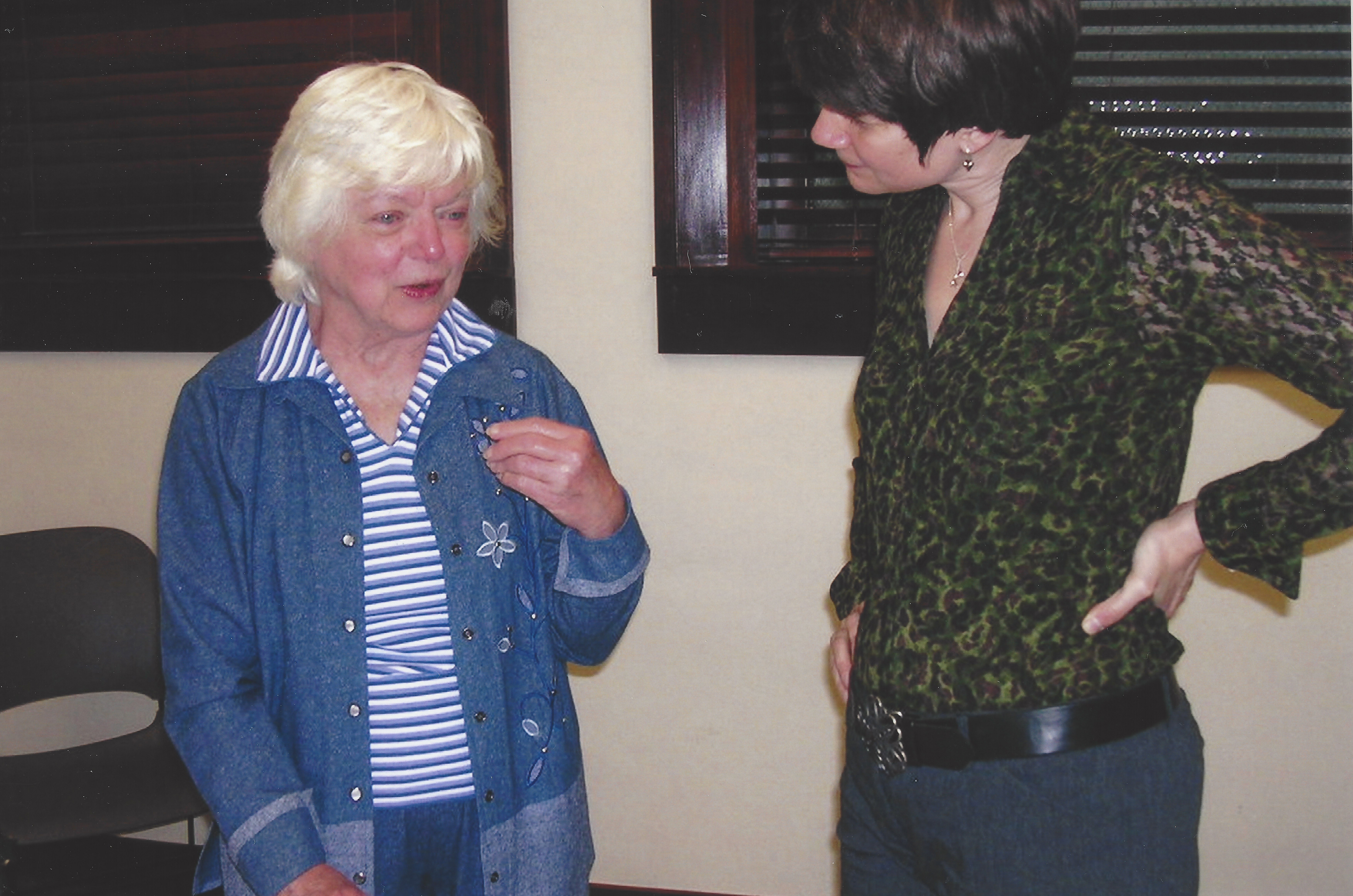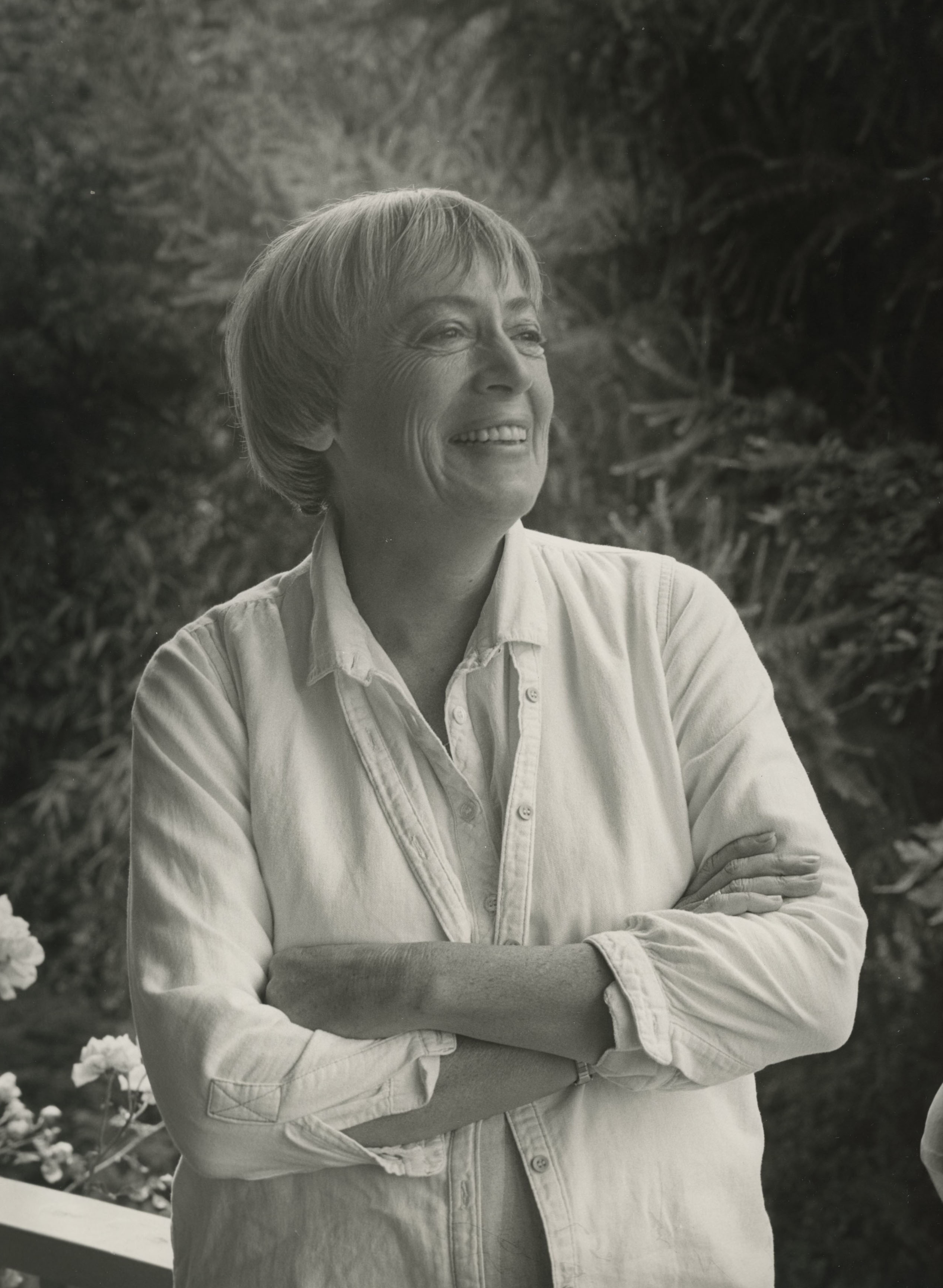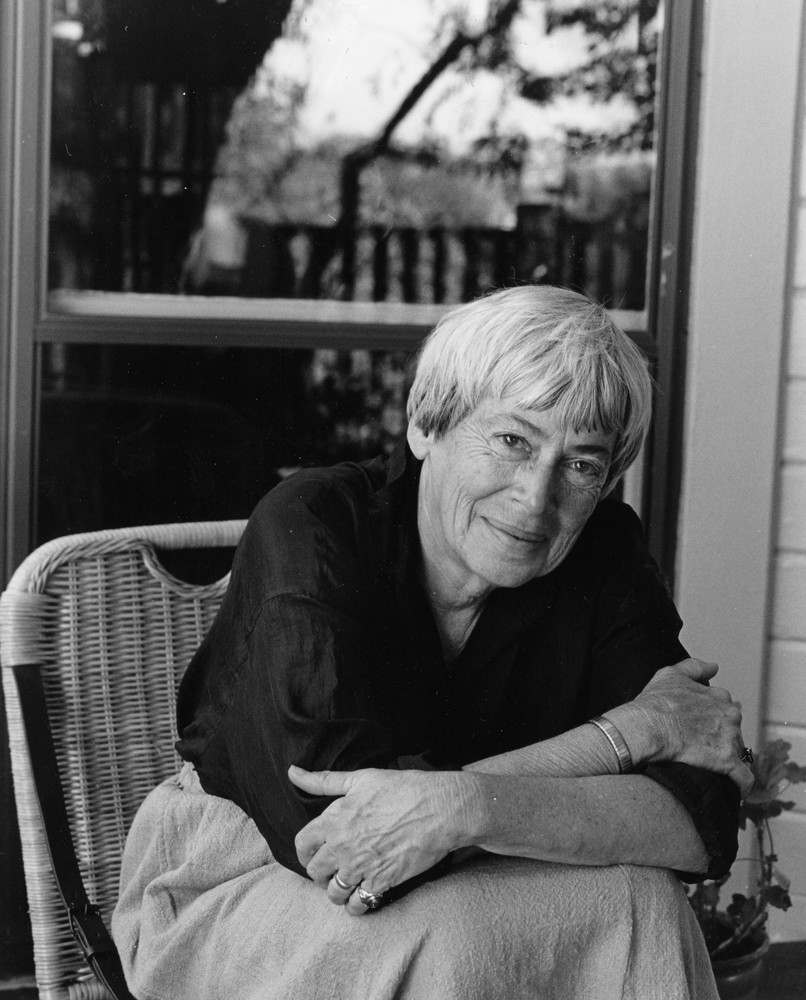In March 1920, the Atlantic Monthly ran the first of six excerpts from the diary of Opal Whiteley, apparently written when she was six or seven years old. Atlantic published the diary as a book in August, and it became a bestseller. The Story of Opal, Journal of an Understanding Heart, which recounts Whiteley’s life in Oregon timber towns, delighted readers with its childhood innocence, literary allusions, and animated wonder in the natural world. Writer Benjamin Hoff called it “the most talked about book of its time.”
Some found it hard to believe that a girl so young could write so well. But what really disturbed people, especially Whiteley’s family and others from Oregon, was her claim that she was a foundling, the orphaned daughter of a Bourbon prince and naturalist, Henri d’Orleans, mysteriously abandoned and then exchanged at the age of five for a child of the Whiteleys. This claim, combined with the diary’s complex, imaginative style and erudition, led some to call it a hoax. Within a year, ruined by controversy, sales of the book plummeted.
Opal Irene Whiteley was born in Colton, Washington, on December 11, 1897, and moved with her family to Walden, a logging camp near Cottage Grove, in about 1903. Her father Charles Edward Whiteley was a logger and foreman, and her mother Mary Elizabeth Scott, contrary to her depiction in the diary, was said to have been a kind woman who encouraged Opal’s love of literature and learning.
Whiteley was a precocious child, fascinated with the natural sciences, and people who knew her spoke of her way with plants, insects, and animals. She was an enthusiastic student, especially fond of classical mythology, and was charming with younger children. She could recite long Bible passages, talked like a grownup at age six, and read voraciously. Elbert Bede, a journalist for the Cottage Grove Sentinel who was skeptical of Whiteley’s foundling story, described her as a "vibrant, fluttery, whimsical maid, informed, strangely beyond her years, deeply earnest and seriously religious.”
As a teenager, Whiteley worked with Christian Endeavor, a youth group, as a kind of nature-evangelist who interpreted God's ways in flora and fauna. Her work with Christian Endeavor delayed her high school graduation, and Whiteley visited the University of Oregon and impressed professors enough that the entrance requirements were dropped. While at the university, she lived alone in a two-room house filled with more than 16,000 nature specimens. Her attendance at classes was spotty, and the university president’s wife once found her on her knees, singing to an earthworm.
In February 1918, Whiteley went to Los Angeles, where she found lodging with a benefactor. She did a round of Hollywood studios, wearing nature outfits, including one with fringed deerskin. But Hollywood liked her better as a teacher of nature classes to the young, and wealthy women hired her as a tutor for their children. She began work on The Fairyland Around Us, an ambitious book of prose and illustrations, and raised money for the project from wealthy donors, but she made so many changes that the printer balked, eventually burning the plates. Whiteley salvaged some copies, which she sent to a number of famous people, receiving praise from Theodore Roosevelt, Booth Tarkington, and Queen Victoria Eugenia of Spain.
The disappointment of The Fairyland Around Us took her east. On a September day in 1919, she went to the Boston offices of Ellery Sedgwick, editor of the Atlantic Monthly, who was not impressed with Fairyland but had heard about a diary. A teary Whiteley told him a sister had torn it up but the pieces were in a box in Los Angeles. The diary was sent for, and Sedgwick set up Whiteley in a room to piece it together. How the book was actually composed is in conjecture. The Story of Opal was published in August 1920; a second edition followed the next month.
Whiteley was lionized in New York, but things grew complicated. She was virtually sequestered by theosophists, became estranged from Sedgwick, and spent time in Washington, D.C., and Europe. She presented herself to the Maharana of Udaipur as Francoise d'Orle, traveled to Rome and Vienna, and spent two years in a convent before moving to England, where London used-book sellers remember a strange and lonely woman obsessed by bargain books on the French royalty.
In 1948, Whiteley was found near starvation in a London suburb and was placed in a mental hospital at Napsbury, north of the city. She was diagnosed with schizophrenia but may have been bipolar with aspects of Asperger’s. During her long institutionalization, admirers and scholars from Oregon and elsewhere found her—most reported a fascinating visit.
Whiteley’s work has seen several revivals, among them a versified condensation of the diary by Jane Boulton, an interpretive Book-of-the-Month reprint by Ben Hoff, and an off-Broadway musical by Robert Nassif. Toward the end of her life she received fan letters from children, and Cottage Grove has a statue and a mural of her. Called the Anastasia of Oregon and its first flower child, she died in Napsbury in 1992. She was buried in Highgate Cemetery under two names—Opal Whiteley and Françoise Marie de Bourbon-Orléans.
-
![]()
Opal Whiteley.
Courtesy Oregon HIst. Soc. Research Lib., OrHi91133
-
![]()
Opal Whiteley, 1920.
Courtesy Oregon HIst. Soc. Research Lib., OrHi98499
-
![]()
Title page of The Fairyland Around Us.
Courtesy Oregon HIst. Soc. Research Lib.
-
![More pages available under Files tab]()
First page of a letter to Nellie Price from Opal Whiteley, dated 1918.
More pages available under Files tab Courtesy Oregon HIst. Soc. Research Lib., Mss1623 folder 1
Related Entries
-
![Jean M. Auel (1936-)]()
Jean M. Auel (1936-)
No contemporary Oregon writer has achieved the superstar celebrity stat…
-
![Kate Wilhelm (1928-2018)]()
Kate Wilhelm (1928-2018)
Kate Wilhelm was a prolific and award-winning author best known for her…
-
![Oregon Literature (1920-2010)]()
Oregon Literature (1920-2010)
The joint appearance in 1927 of the controversial pamphlet Status Rerum…
-
Ursula K. Le Guin (1929–2018)
Ursula K. Le Guin, one of Oregon’s preeminent writers, was born Ursula …
Map This on the Oregon History WayFinder
The Oregon History Wayfinder is an interactive map that identifies significant places, people, and events in Oregon history.
Further Reading
Allmendinger, Blake. “Anastasia of Oregon.” Arizona Quarterly 51.1 (Spring 1995): 111-132.
Barnes, Tim. “The Poetics of Innocence: Thoughts on the Stylistics of Opal Whiteley’s Journal of an Understanding Heart.” Oregon English Journal 19.2 (Fall 2002): 3-11.
Beck, Katherine. Opal: A Life of Enchantment, Mystery, and Madness. New York: Viking Penguin, 2003.
Bede, Elbert. Fabulous Opal Whiteley: From Logging Camp to Princess of India. Portland, Ore.: Binfords & Mort, 1954.
Hoff, Benjamin. The Singing Creek Where the Willows Grow: The Rediscovered Diary of Opal Whiteley. New York: Ticknor and Fields, 1986.
McQuiddy, Steven. The Fantastic Tale of Opal Whiteley. Eugene, Ore.: Lane County Historical Society, 2012.
Opal by Opal Whitely. Arranged and edited by Jane Boulton. New York: Macmillan Publishing Co., 1976.








